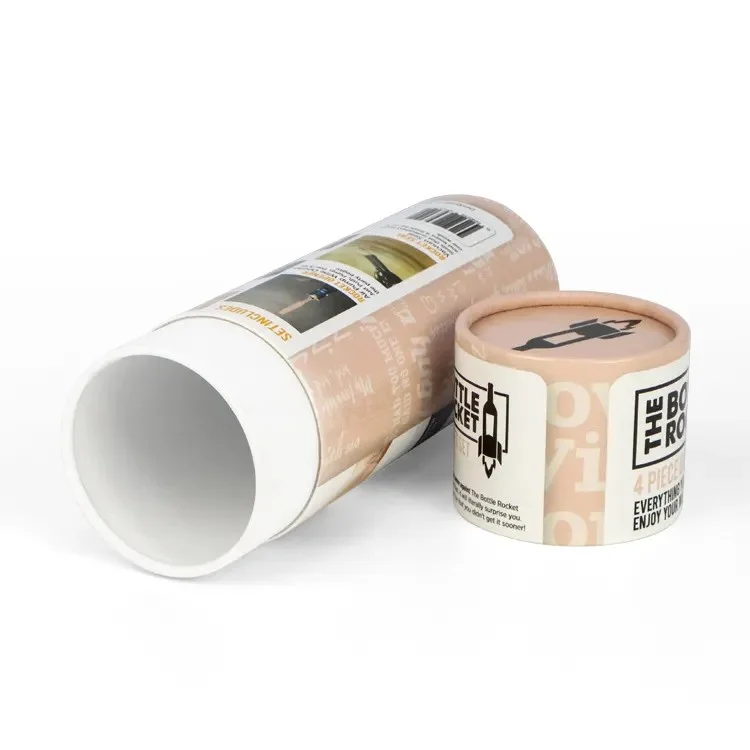The Art of Bookbinding: Finding the Perfect Paper Weight for Your Next Project
When it comes to bookbinding, the choice of paper weight is a critical factor that can significantly influence the durability, aesthetics, and overall quality of the finished product. Whether you are a seasoned bookbinder or a novice exploring the craft, understanding the nuances of paper weight can elevate your projects to new heights. In this article, we will delve into the intricacies of paper weight, its impact on bookbinding, and how to select the best weight for your specific needs.
Understanding Paper Weight: The Basics
Paper weight is typically measured in grams per square meter (gsm) or pounds (lb), with the former being more common in most parts of the world. The weight of the paper affects its thickness, opacity, and rigidity, all of which play a crucial role in the bookbinding process. For instance, lighter papers (around 60-80 gsm) are often used for pages in novels, while heavier papers (above 120 gsm) are preferred for covers and art books.
The Importance of Choosing the Right Weight
- Durability and Longevity: The weight of the paper directly correlates with its durability. Heavier papers tend to withstand wear and tear better than lighter ones, making them ideal for books that will be frequently handled or used. For example, a coffee table book filled with vibrant images would benefit from a heavier weight paper that can support the visual elements without warping or tearing.
- Aesthetic Appeal: The tactile experience of a book is enhanced by the choice of paper weight. Heavier papers provide a luxurious feel, while lighter papers can create a more delicate and airy aesthetic. Depending on the theme of your book, the right paper weight can enhance the reader's experience and engagement.
- Binding Technique Compatibility: Different binding techniques may require specific paper weights for optimal results. For instance, if you are using a perfect binding method, a heavier paper weight may be necessary to ensure that the spine holds together well. Conversely, if you are opting for a saddle stitch binding, lighter paper may be more suitable to avoid bulkiness.
Recommended Paper Weights for Various Book Types
- Novels and Fiction: For standard novels, a paper weight of 70-90 gsm is generally recommended. This weight strikes a balance between readability and cost-effectiveness, allowing for a comfortable reading experience without excessive bulk.
- Art Books and Photography Collections: For books that showcase artwork or photography, heavier paper weights ranging from 170-300 gsm are ideal. This not only enhances the visual quality of the images but also adds a sense of luxury to the book.
- Children's Books: Given the potential for rough handling, children's books often benefit from a heavier paper weight of 120-200 gsm. This ensures that the pages can withstand the rigors of use while still being lightweight enough for small hands.
- Journals and Notebooks: For journals, a weight of 90-120 gsm is typically recommended. This allows for a pleasant writing experience while preventing ink bleed-through, which can be particularly important for those who use fountain pens or markers.
Testing and Experimentation
While guidelines can provide a solid foundation, the best way to determine the ideal paper weight for your bookbinding project is through testing and experimentation. Consider creating sample pages using different weights and binding techniques to see how they perform. This hands-on approach will not only enhance your understanding of paper characteristics but also help you make informed decisions for future projects.
Conclusion
Selecting the best weight of paper for bookbinding is a multifaceted decision that requires careful consideration of durability, aesthetics, and binding techniques. By understanding the implications of paper weight and experimenting with different options, you can create books that are not only visually stunning but also built to last. Whether you are crafting a personal journal, a stunning art book, or a beloved children's story, the right paper weight will ensure that your work stands the test of time. Happy binding!



